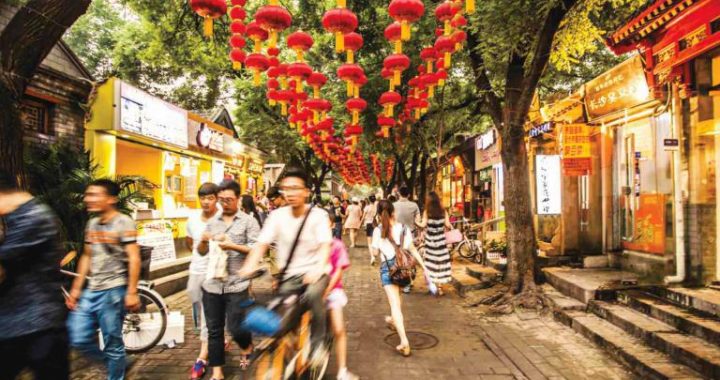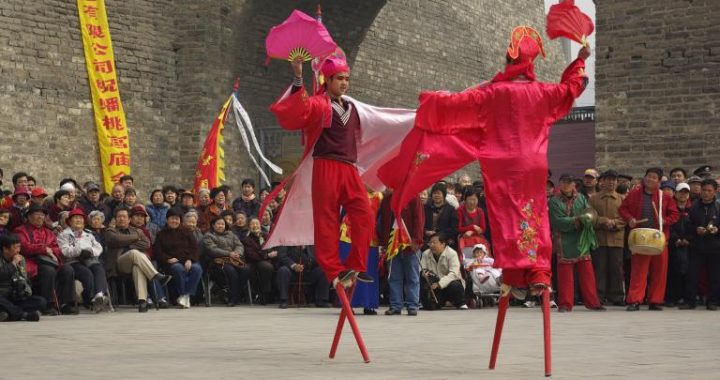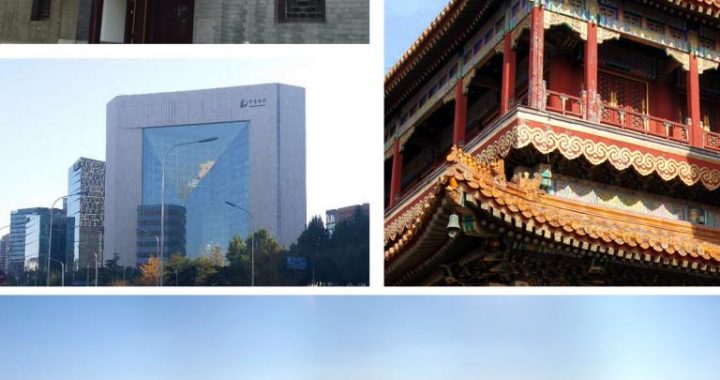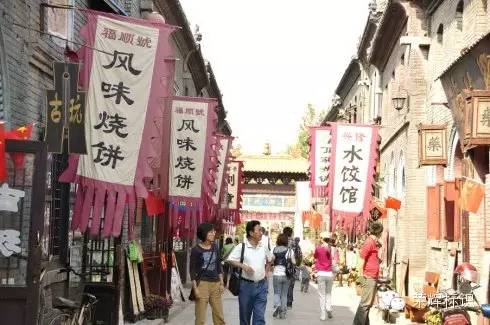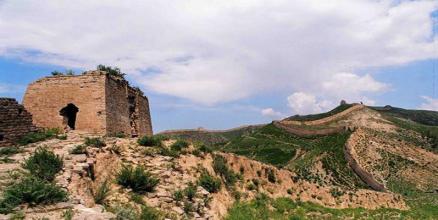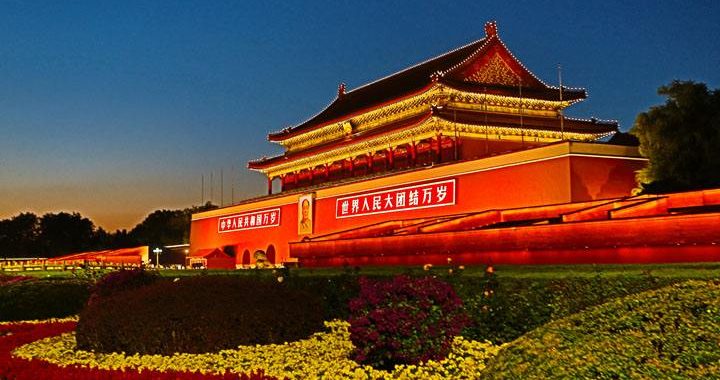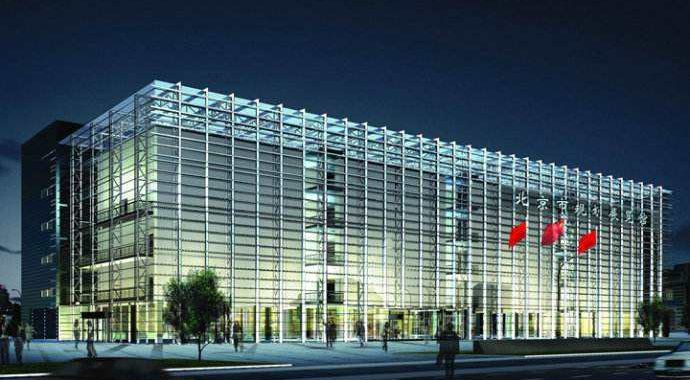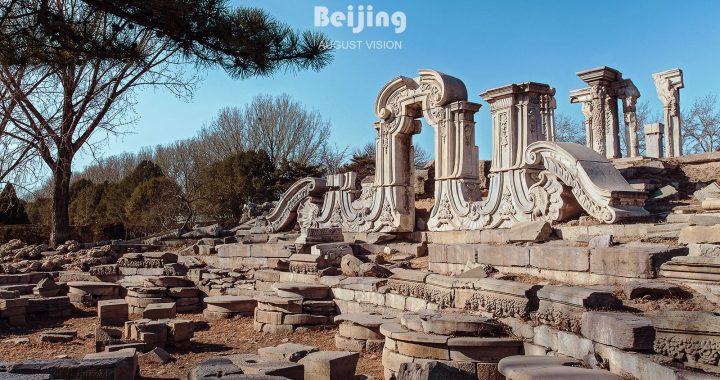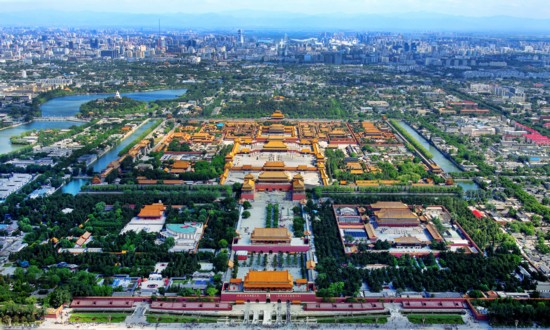Beijing is one of the cradles of human civilization
7 min readLocated on the northern tip of the North China Plain and facing Mount Yan andTaihang Mountains to its northeast and a boundless plain to its south,Beijing enjoys easy access to the Northeast China Plain,the Mongolian Plateau,the hilly area in Rehe and the Songliao Plain.It has been titled”an eternal capital of emperors”since ancient times.
Beijing is one of the cradles of human civilization.About 700,000 years ago,there lived some apemen in the area around today’s Zhoukoudian(in the southwest of Beijing).They are the world-famous”Peking Man”.Still in an early stage of the primitive society,Peking Man made a living on hunting and collecting with woodensticks and simple stone-made tools.Around five or six thousand years ago,Beijingarea entered into the Neolithic Age when agricultural production was started and thus human beings began to settle down.
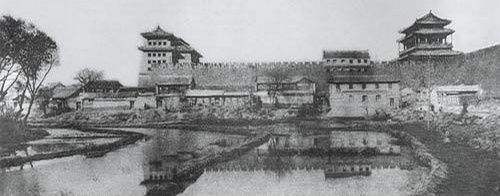
In the Shang dynasty,though Beijing was not under the political rule of the dynasty,it was greatly subject to its bronze culture.
In the Zhou dynasty,emperors ruled and expanded the territory by appointing dukes or princes.It was in this period that Beijing was incorporated into the political system of the Zhou dynasty which established two ducal states in today’s Beijing area-the State of Ji and the State of Yan which were said to be the manor of Duke Shao and the manor of the offspring of Yao respectively(Yao,together with Shun and Yu are three famous leaders in the early primitive society in the Chinese legend.).The capital of Yan was in today’s Fangshan District while the capital of Ji,named Ji city was around today’s Guang’anmen.Li Daoyuan,an geographer in the Eastern Wei dynasty explained in his famous work The Commentary on Waterways Classi why the city was named such:Northwest of the city,there was a projecting hillock called Jiqiu(”qiu”literally means hillock)which gradually became the landmark ofthe city and thus the city was named after the hillock as Ji.Many other cities in Chinese history got their names in a similar way,such as Qufu,the capital of the State of Lu in the Warring States Period,as well as Yingqiu,the capital of the State of Qi in the same period.
Sample pages of The Commentary on Waterways Classic Later,Yan state annexed Ji state and became the only ducal state in present-day Beijing.As Yan moved its capital to Ji city,Ji city became the centre of this area.
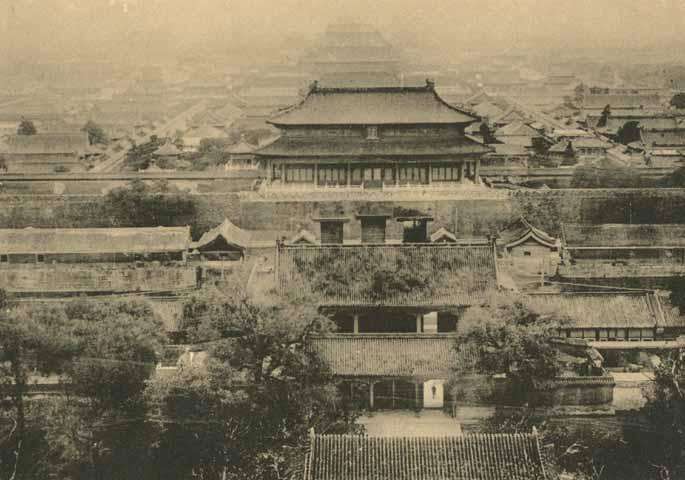
During the Spring and Autumn Period&Warring States period,Yan was already very strong,but was finally defeated by General Wang Jian of the State of Qin in 226BC.
After the State of Qin annexed all the other ducal states and established theQin dynasty in 221 BC, on the territory of the former Yan six prefectures were ordered to be set, one of which was Guangyang prefecture with Ji city as the seat of the local government. Lying in the northeast of Qin’s territory, Ji city was an important passage to the northeast and thus a bridge for communication between th Han-ruled central government and the minorities living in the northeast.
In the Western Han and Eastern Han dynasties, the wide use of iron-made tools remarkably propelled economic development in Ji city. The feudal central government appointed in Yuyang(in today’s Miyun County of Beijing) an Iron Official to exclusively govern the production of iron-made tools. In the Eastern Han dynasty,a prefect of Yuyan whose name was Zhang Kan encouraged his people to reclaim paddy fields.
In the Three Kingdoms Period, near Ji city,a dam called Liling’e was built over the Yongding River and an irrigation trench named Che’ xiangqu was dug to help agricultural production. This is the first large-scale irrigation works in Beijing’s history.
In the Sui dynasty and the following Tang dynasty, the military significance of Ji city was pronounced more than ever. In Sui, the city was a place for stationingsoldiers and horses and storing food and feed. Then the ruler of the Tang dynasty elevated today’s Beijing which was then called Zhuo prefecture into Youzhou (zhou is a local administration adopted by the Tang court).. Thus, Ji city, still the seat of the local government, was named Youzhou city where later Emperor Taizong of the Tang dynasty made some encouraging remarks to his soldiers before he waged the war against Goryeo(today’s Korean Peninsular). Unable to win and forced to withdraw, the Emperor ordered the construction in the city’s southeast corner of a temple in memory of the soldiers who died and named it the Memorial Temple of the Loyal which was later renamed as Fayuan Temple(Temple of Source of Buddhist Teaching). Today, the temple sti11 remains an important one in Beijing.
In 755, An Lushan, the governor of Youzhou city rose in revolt and assaulted all the way to Luoyang and Chang’ an, which is known as “An-Shi Rebellion”in the Chinese history. It lasted eight years, bringing much grief to ordinary people and severe destructions to Youzhou city.
In the Northern Song dynasty, across the northeast land of China,a minority called Khitan gradually built up its muscle. In 936, they occupied Youzhou city and made it the secondary capital of the Khitan Liao dynasty. Since Youzhou city was located south of Liao, it was named Nanjing (which means “southern capital”).
Regarding the existence of Liao as a big threat to their rule, the rulers of the Northern Song dynasty ordered several fights against Liao in the hope of recovering the sixteen prefectures in the present-day Beijing, but all in vain. Unable to conquer the minority, the Northern Song dynasty finally reached an agreement with Liao, assuring peace between the two dynasties for a long time until the rise of another minority group Jurchen who established the Jin dynasty(1115-1234). In 1023, Jin forces, who had agreed with Northern Song to jointly fight Liao, captured Nanjing. After several negotiations, they returned Nanjing to the Northern Song after taking away all the properties and the Northern Song dynasty renamed the city Yanshan Fu(“Fu”is an administrative area in ancient China, usually larger than acounty). However, barely two years later, Jin forces once again occupied Yanshan F and even the capital of the Northern Song dynasty-Bianliang, marking the end of theNorthern Song dynasty. The ruler of Jin moved the capital from Huining which was on the bank of the Songhua River to Yanshan Fu and renamed it Zhongdu (which literally means “central capital”). This is the first time in history that Beijing was made the ruling centre of a feudal dynasty.
· The site of Zhongdu city wal1s of the Jin dynasty In the 13th century, Mongolians, who lived north of the Jin dynasty, were building up their strength. In 1215, they marched all the way south to Zhongdu, occupied the city and finally defeated the Jin dynasty; however, the city was left largely idle until twenty years later the Mongolian leader Kublai Khan set hissights on building a new capital to the northeast of Zhongdu and named the new capital Dadu(Cambalu). With magnificent palaces, prosperous markets and convenient transportation, Dadu, the capital of the Yuan dynasty became the world’s most prosperous and spectacular city, as revealed by the plain yet vivid words of the Italian traveler Marco Polo in his travel notes.
· The site of Dadu city gate of the Yuan dynasty
In 1368, Dadu was seized by the Ming forces, marking the demise of the Yuan dynasty. And the name of the city was changed into Beiping which literally means “peace in the north”. Inside the original north city wall,a new one with two gates-Anding Gate and Desheng Gate-was built, forming the north boundary of the city.
(“Anding”literally means stability while “desheng”literally means “triumph”.)
The archery tower of Desheng Gate
Later, Zhu Yuanzhang, the first emperor of the Ming dynasty, dispatched his fourth son Zhu Di to Beiping and entitled him Prince Yan who finally seized the throne and became the new emperor known as Emperor Chengzu after the old emperorpassed away. In order to strengthen his control over the northeast, Zhu Di decided to move the capital from Nanjing to Beiping and renamed Beiping Beijing. Thus Beijing (which literally means”northern capital”) was first heard in history and the name has been maintained till now.
Beijing was built with wisdom, sweat and toil. During the fifteen years of construction, numerous artisans and architects as well as millions of manual workers were forced to dedicate themselves to the huge project: the wall of the Forbidden City was moved further outside, thus expanding its space and the space between the Forbidden City and the Imperial City; several splendid palaces rose from the ground of the Forbidden City; and a number of building complexes were erected includingthose we still see today-the Temple of Heaven, the Altar to the Sun, the Altar to the Moon as well as many other landmarks.
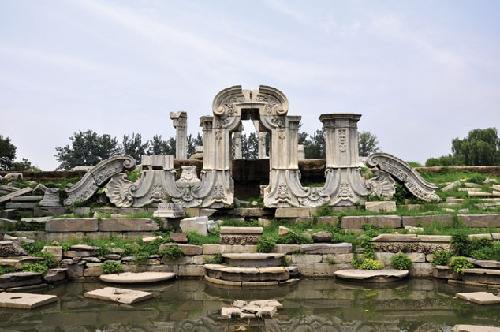
Eventually, the Ming dynasty was overthrown by an uprising lead by a farmer Li Zicheng. Having driven the last emperor of Ming out of the Forbidden City, Li dreamed of becoming the emperor and enjoying a luxurious life, only to be expelled by a minority from the northeast, Manchu, who established the last feudal dynasty in the Chinese history, the Qing dynasty.
In the Qing dynasty, Beijing was nearly in the same layout as in the Ming dynasty; but economic and cultural activities were more vigorous. Beijing graduallybecame the political, economic and cultural center of the country. As its residents were of different ethnic backgrounds, buildings with ethnic characteristics wereconstructed. Moreover, construction of imperial gardens was in full swing in that many famous gardens were built, such as Changchun Garden (also known as Garden of Exhilarating Spring, Yuanming Yuan (also known as the 01d Summer Palace) and the Summer Palace.
